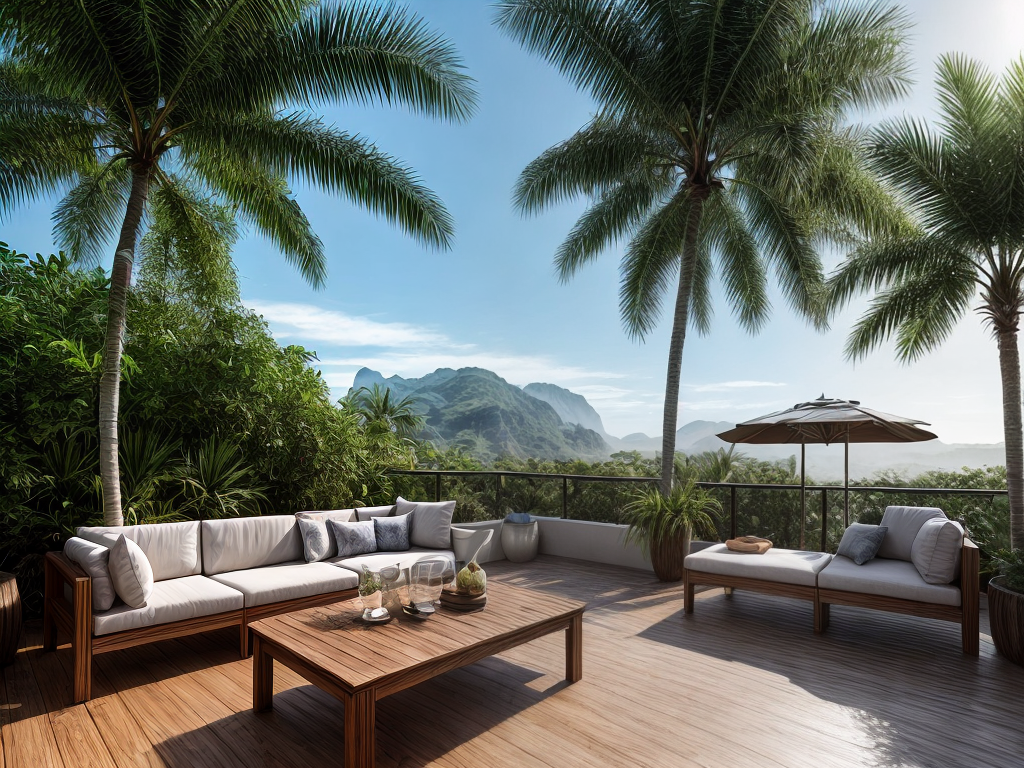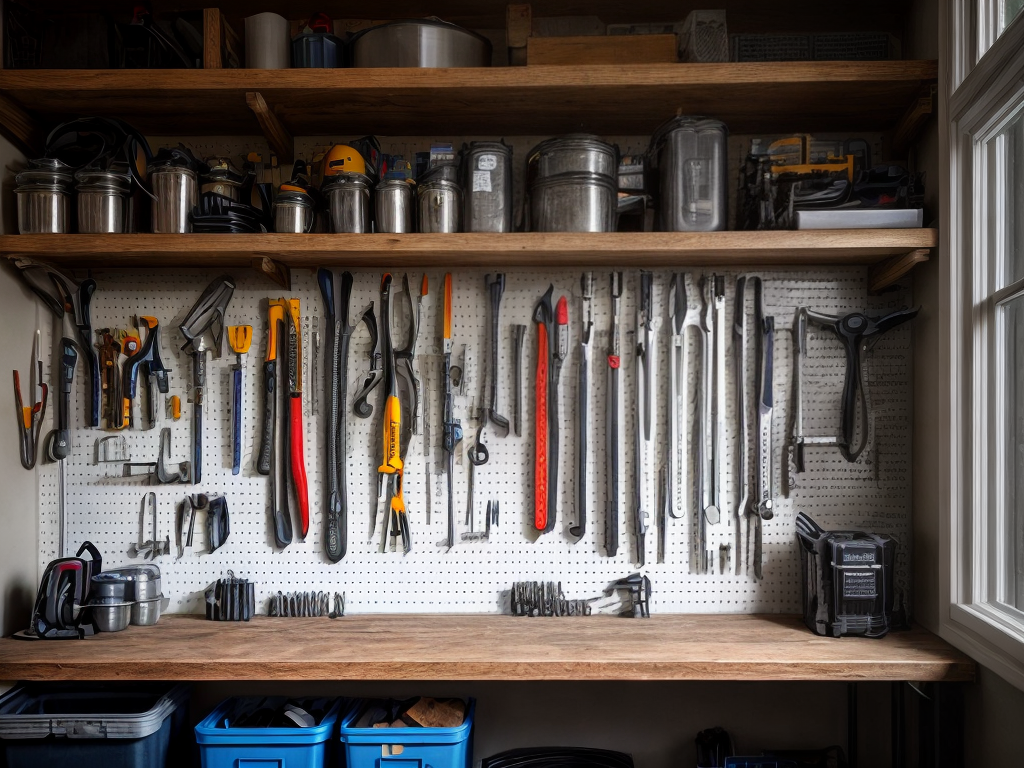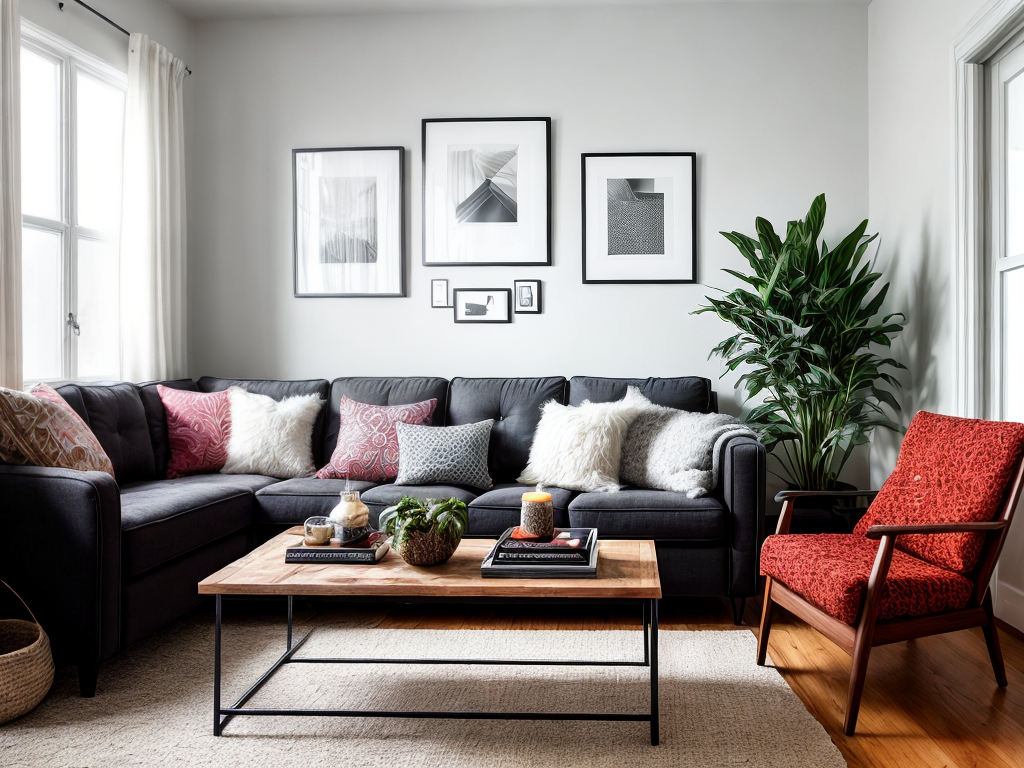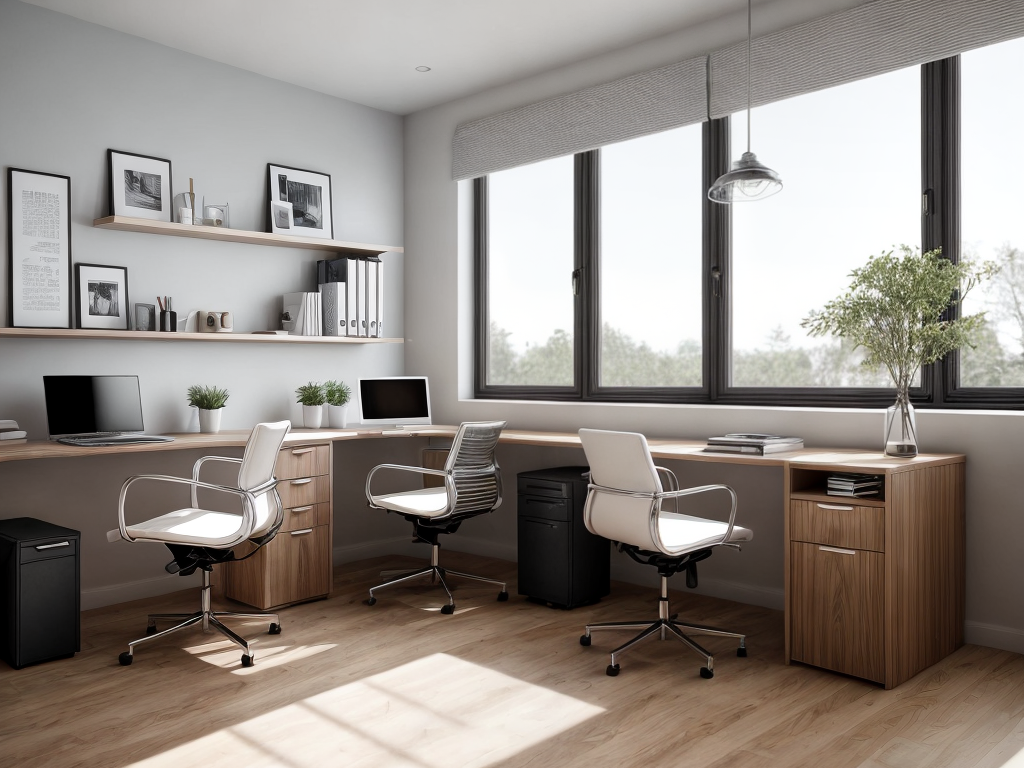
When it comes to creating a comfortable living environment, it’s essential to carefully consider the materials used in your home. By selecting the right materials for your climate, you can ensure optimal performance and longevity. Whether you reside in a scorching hot desert or a chilly mountain region, understanding how different climates can impact your home is crucial. From the best materials for hot climates to those suitable for humid, cold, or coastal areas, this discussion will provide you with valuable insights to make informed decisions about your home’s construction. So, let’s explore the world of climate-responsive materials and discover how they can enhance your living experience.
Understanding Your Climate
To effectively choose materials for your climate, it is crucial to have a comprehensive understanding of the specific weather conditions and environmental factors that your region experiences. Climate change has brought about significant shifts in weather patterns, making it even more important to consider the impact of climate on materials.
When it comes to choosing materials, you need to take into account the temperature range, humidity levels, and precipitation patterns of your area. For instance, if you live in a hot and humid climate, materials that are resistant to moisture and can withstand high temperatures would be ideal. On the other hand, if you reside in a region with harsh winters, materials that can endure freezing temperatures and resist damage from snow and ice would be more suitable.
It is also crucial to consider the long-term effects of climate change on materials. Rising temperatures, increased humidity, and extreme weather events can all impact the durability and performance of different materials. For example, excessive heat can cause certain materials to warp or deteriorate, while increased moisture can lead to mold and rot.
Factors to Consider
What are the key factors to consider when choosing materials for your climate?
When selecting materials for your climate, it is important to consider certain factors that can greatly impact the performance and durability of your building. Here are three key factors to keep in mind:
-
Moisture Control: Moisture can wreak havoc on buildings, leading to mold, rot, and structural damage. It is crucial to choose materials that effectively manage moisture in your specific climate. For example, in humid climates, materials with good vapor barrier properties can prevent excessive moisture from seeping into the building. On the other hand, in rainy climates, materials with superior water resistance can help protect against water infiltration.
-
Energy Efficiency: Another important consideration is the energy efficiency of the materials. In climates with extreme temperatures, choosing materials that provide insulation and minimize heat transfer can significantly reduce energy consumption for heating and cooling. Look for materials with high R-values and low U-values to ensure optimal energy efficiency.
-
Durability: Lastly, the durability of the materials should be taken into account. Some climates are harsher than others, with intense sunlight, strong winds, or heavy precipitation. Selecting materials that can withstand these conditions and have a long lifespan will save you from costly repairs and replacements in the future.
Best Materials for Hot Climates
Considering the unique challenges of hot climates, it is crucial to select materials that can withstand high temperatures and effectively manage heat transfer. In hot climates, it is important to choose materials that provide insulation and reflectivity, to keep the interior cool and reduce the need for excessive air conditioning. Sustainable options and energy-efficient choices are particularly relevant in hot climates, as they can help reduce energy consumption and lower carbon emissions.
One sustainable option for hot climates is using materials with high thermal mass, such as concrete or adobe. These materials have the ability to absorb and store heat during the day and release it slowly at night, helping to maintain a more stable indoor temperature. Additionally, incorporating natural ventilation systems, such as cross ventilation or stack ventilation, can further enhance the cooling effect in hot climates.
Another energy-efficient choice for hot climates is the use of reflective materials, such as cool roofs and cool pavements. These surfaces have a higher albedo, meaning they reflect more sunlight and absorb less heat, helping to reduce the heat buildup in and around buildings. Additionally, using light-colored paints or coatings on walls can also help reflect sunlight and reduce heat absorption.
Best Materials for Cold Climates
When it comes to choosing materials for cold climates, there are two key points to consider: insulation for warmth and weather-resistant materials. Insulation is crucial in keeping the cold air out and the warm air in, so opt for materials with high insulation properties such as double or triple pane windows and insulated doors. Additionally, choose weather-resistant materials like vinyl or fiber cement siding to protect your home from harsh winter conditions such as snow, ice, and extreme temperatures.
Insulation for Warmth
To ensure optimal warmth in cold climates, the best materials for insulation are carefully selected. Proper insulation is crucial for maintaining a comfortable indoor temperature and reducing energy consumption. Here are three insulation types that are highly effective in providing warmth and energy efficiency:
-
Fiberglass insulation: Made from fine glass fibers, it is one of the most common and affordable options. Fiberglass insulation is excellent at trapping heat and preventing it from escaping, making it a popular choice for cold climates.
-
Spray foam insulation: This insulation type expands to fill gaps and creates an airtight seal. It provides superior insulation performance and helps to reduce heat loss. Spray foam insulation is especially beneficial in colder regions where air leaks can lead to significant heat loss.
-
Cellulose insulation: Made from recycled paper, cellulose insulation offers excellent thermal performance. It is treated with fire retardants and provides effective resistance to heat flow. Cellulose insulation is eco-friendly, cost-effective, and a great choice for cold climates.
Weather-Resistant Materials
Weather-resistant materials are essential for protecting buildings and ensuring their durability in cold climates. When it comes to choosing weather-resistant building materials, there are several options to consider. One popular choice is vinyl siding, which is known for its ability to withstand extreme temperatures, moisture, and harsh winds. Vinyl siding is low-maintenance and can provide excellent insulation. Another option is fiber cement siding, which is resistant to rot, insects, and fire. However, it can be more expensive than vinyl siding and requires professional installation. Metal roofing is another weather-resistant option, offering durability and resistance to snow, ice, and high winds. However, it can be noisy during rainstorms. Ultimately, the choice of weather-resistant materials will depend on the specific needs and budget of the homeowner.
Best Materials for Humid Climates
In humid climates, it is crucial to select materials that can withstand the high levels of moisture in the air. Moisture control and mold prevention are key considerations when choosing materials for these regions. Here are three options that excel in humid climates:
-
Vinyl: Vinyl is a popular choice for humid climates due to its resistance to moisture and mold. It is highly durable and low-maintenance, making it ideal for areas with high humidity. Vinyl siding and windows offer excellent protection against moisture infiltration, helping to prevent mold growth in your home.
-
HardiePlank: HardiePlank is a fiber cement siding that is resistant to moisture and mold. It is designed to withstand the harsh effects of humid climates, making it a reliable choice for homeowners in these regions. HardiePlank is also known for its durability and long-lasting performance, ensuring your home remains protected against moisture-related issues.
-
Metal roofing: Metal roofing is another excellent option for humid climates. It is highly resistant to moisture and does not promote the growth of mold. Metal roofs are also durable and can withstand extreme weather conditions, making them a reliable choice for areas with high humidity.
When selecting materials for humid climates, it is essential to prioritize moisture control and mold prevention. By choosing materials such as vinyl, HardiePlank, and metal roofing, you can ensure your home remains protected and durable in these challenging environments.
Best Materials for Coastal Climates
Living in a coastal climate brings unique challenges when it comes to choosing building materials. The constant exposure to saltwater, high humidity, and strong winds requires materials that are weather-resistant and durable. In this article, I will discuss the best materials for coastal climates and provide recommendations for weather-resistant options.
Coastal Material Recommendations
With the constant exposure to saltwater and high humidity, selecting the right materials for coastal climates is crucial to ensure durability and longevity. Here are three recommendations for eco-friendly and sustainable building materials that can withstand the harsh coastal conditions:
-
Fiber Cement Siding: This material is resistant to rot, insects, and salt corrosion. It is also fire-resistant and requires minimal maintenance, making it a durable and sustainable option for coastal homes.
-
Stainless Steel: Known for its resistance to corrosion, stainless steel is an excellent choice for coastal climates. It can withstand the corrosive effects of saltwater and high humidity, making it ideal for outdoor fixtures, railings, and hardware.
-
Composite Decking: Made from a blend of recycled wood fibers and plastic, composite decking offers the look and feel of real wood without the maintenance. It is resistant to rot, mold, and fading, making it a durable and eco-friendly choice for coastal decks and patios.
Weather-Resistant Options
Having discussed the importance of selecting the right materials for coastal climates, it is essential to now examine the best weather-resistant options for withstanding the harsh conditions of coastal environments. When it comes to weather-resistant coatings, one of the top choices is epoxy. Epoxy coatings are known for their exceptional durability and ability to withstand moisture, saltwater, and UV rays. Another excellent option is fiber cement siding. This material is resistant to rot, warping, and cracking, making it ideal for coastal areas. Additionally, stainless steel is highly recommended for coastal environments due to its corrosion resistance. Lastly, vinyl is a popular choice for coastal climates, as it is not only weather-resistant but also requires minimal maintenance. When selecting materials for coastal areas, it is crucial to prioritize durability and weather resistance to ensure longevity and protection against the elements.





